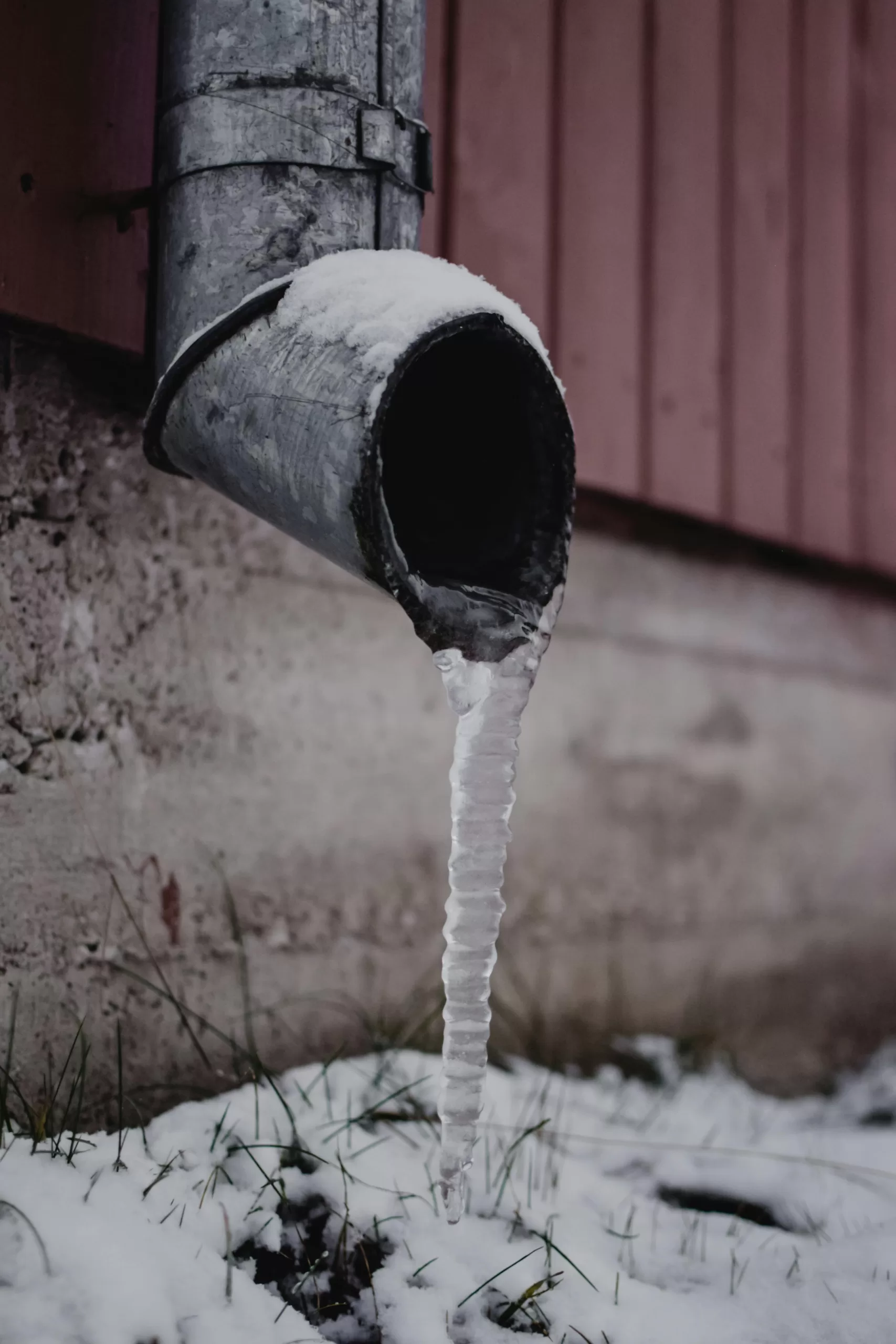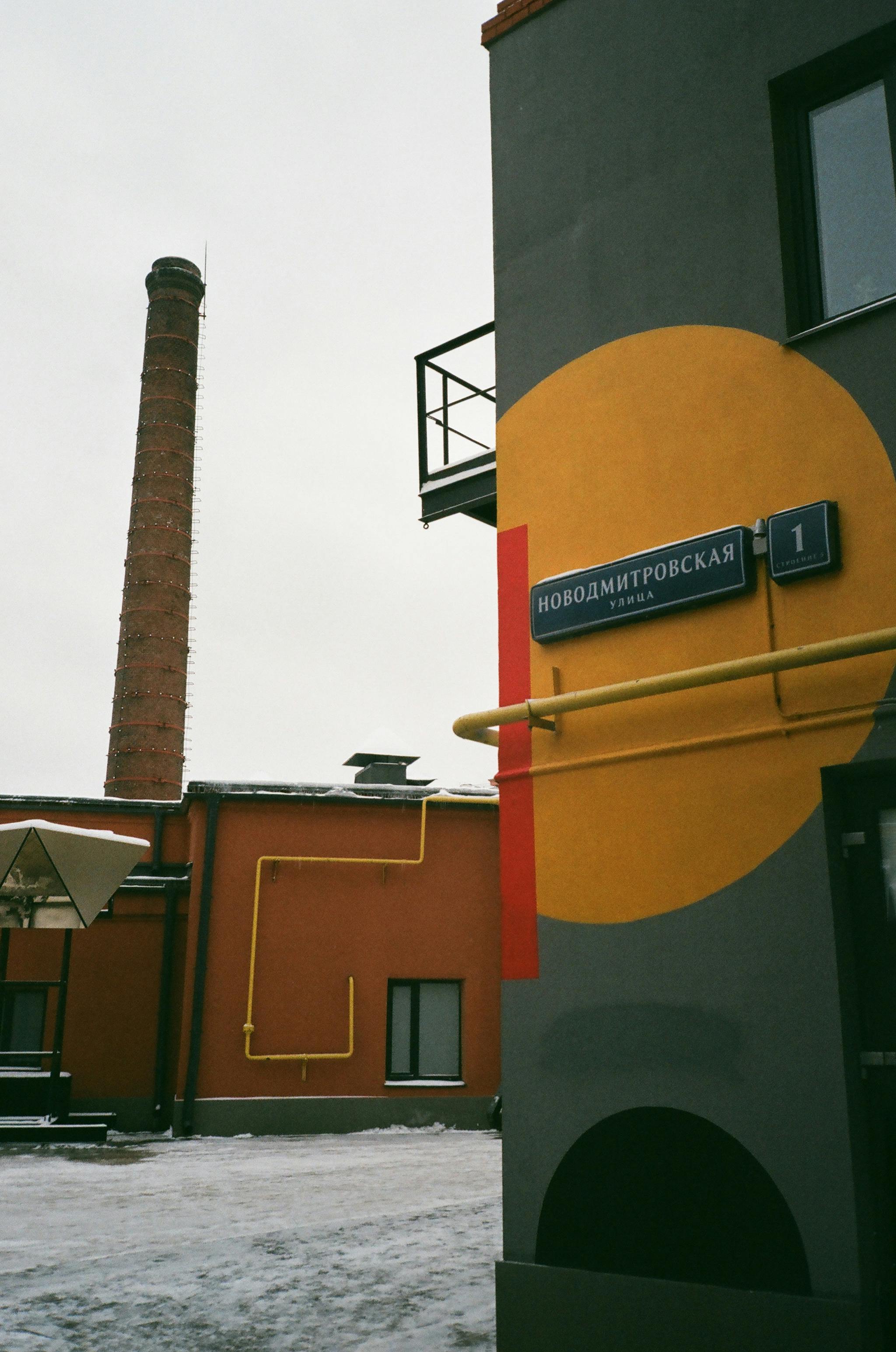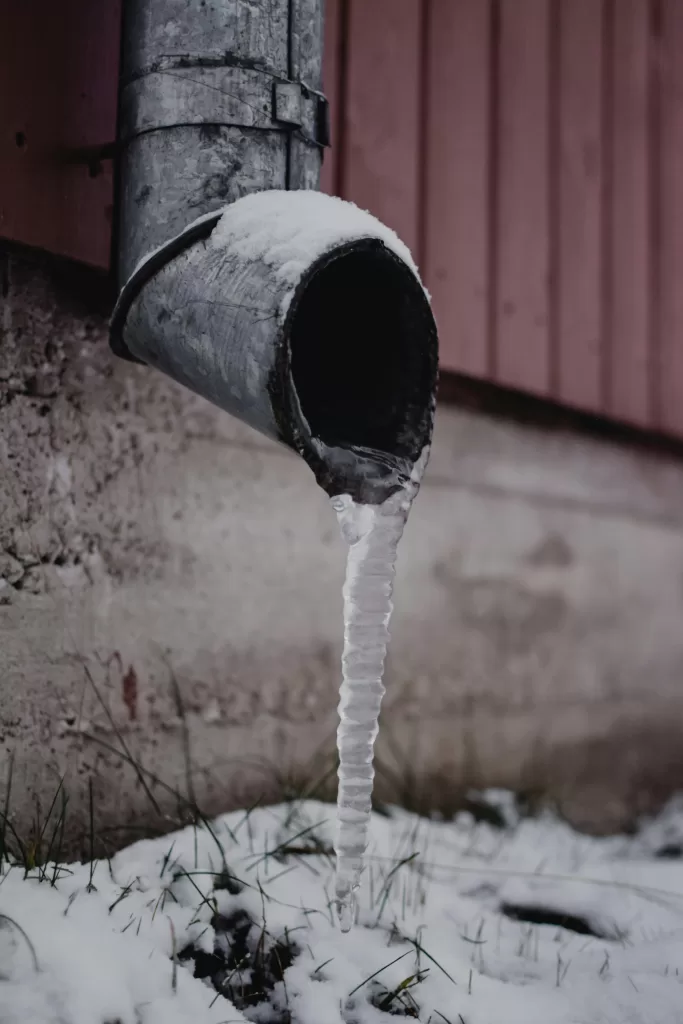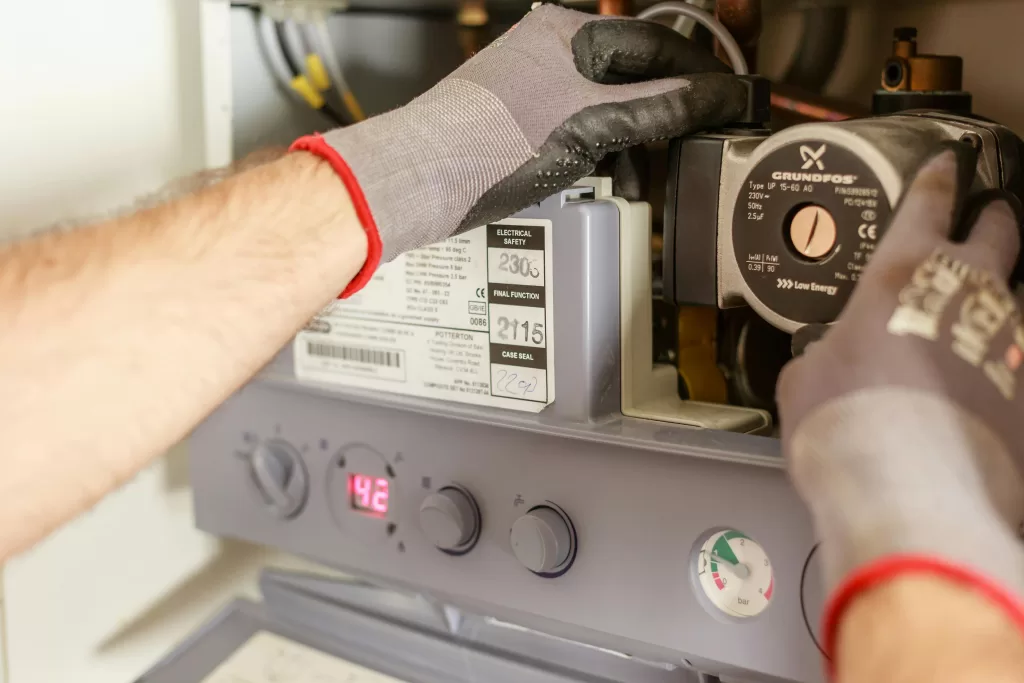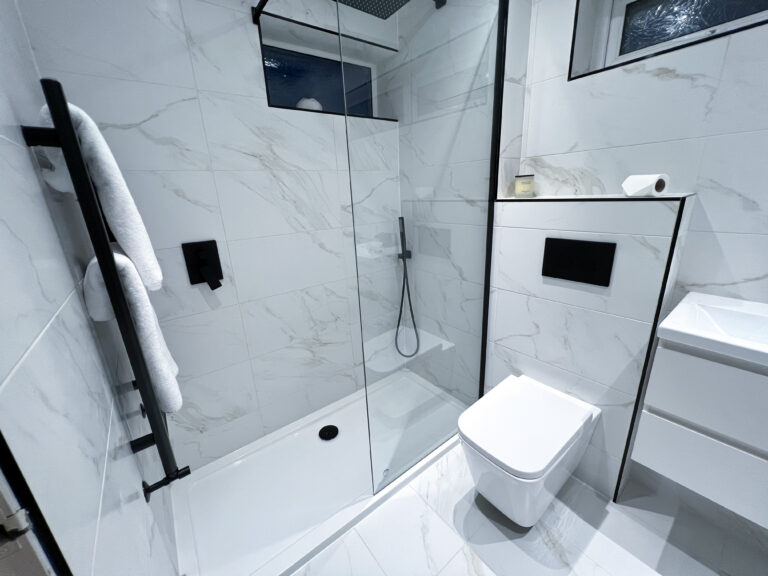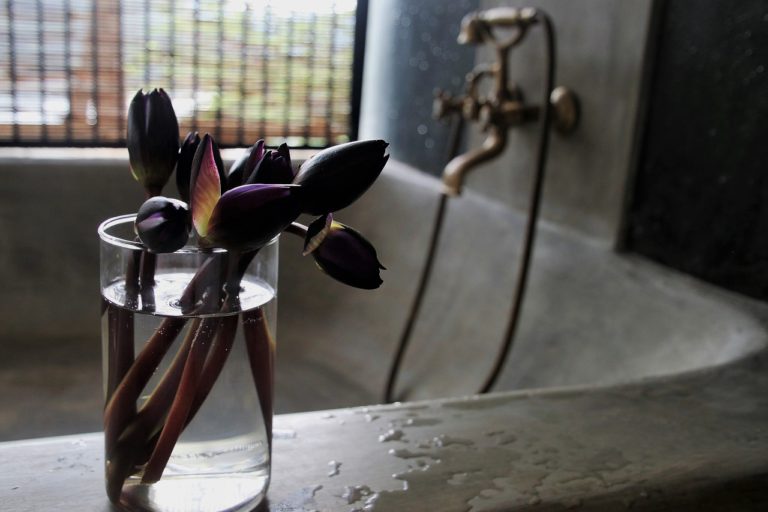How to Prevent and Manage Frozen Pipes in Pleasanton: Effective Strategies
As winter approaches in Pleasanton, residents must turn their attention to the maintenance of their household plumbing. Frozen pipes are a common but avoidable problem that can cause significant inconvenience and costly damage. Understanding how to prevent and manage frozen pipes is crucial. Employing simple preventative measures can keep water flowing and protect the integrity of a plumbing system even in the coldest months.
To prevent pipes from freezing, it is essential to maintain a consistent temperature in the home both day and night. Insulating pipes, especially those that run along exterior walls or in unheated spaces, can be an effective defense against the cold. In prolonged cold spells, even a trickle of water running through the pipes can prevent freezing.
When managing frozen pipes, gentle thawing is key. Applying heat to the affected pipes can gradually resolve ice blockages. Caution is critical in this process, and for complex situations, consulting a trusted plumber in Pleasanton, Texas can ensure safe and effective remediation. Proactive measures, combined with knowledgeable responses to frozen pipes, can help Pleasanton residents navigate the winter with confidence.
How to Prevent and Manage Frozen Pipes in Pleasanton: Effective Strategies
Preventative Measures for Frozen Pipes
In Pleasanton, preparing pipes for cold weather is essential to prevent freezing and the costly damage it can cause. Implementing preventive strategies like insulation and winterization can safeguard plumbing systems during the winter months.
Insulating Pipes and Spaces
Properly insulated pipes are less likely to freeze. Focus on applying pipe insulation to vulnerable pipes in unheated areas such as attics, basements, and garages. Consider using foam tubing or heating tape for insulation. For broader areas, adding insulation to crawl spaces, attics, and basements helps maintain higher temperatures around pipes.
Proper Use of Heat Sources
Maintaining a consistent thermostat setting day and night aids in preventing pipe freezing. Temporary heat sources, when used correctly, can offer additional protection. Be careful with these sources to avoid fire risks. In extremely chilly conditions, allowing a faucet to drip can also provide pressure relief for frozen pipes.
Winterizing Outdoor Pipes and Hoses
Outdoor plumbing requires winterization to combat freezing temperatures. Disconnect and drain garden hoses, and shut off and insulate outdoor faucets. Garage doors should be kept closed to protect water lines, and any visible cracks or openings near these areas should be sealed to block cold air penetration.
Employ these targeted measures to greatly reduce the risk of pipe freezing and ensure your Pleasanton home remains safe from water damage during the winter season.
Managing and Thawing Frozen Pipes
In Pleasanton, effectively managing and thawing frozen pipes requires specific steps to minimize water damage and costly repairs. Understanding how to identify frozen pipes and employ safe thawing techniques can prevent a burst pipe, and knowing when to call a licensed plumber is crucial.
Identifying Frozen Pipes
Frozen pipes often give clear signs, such as a lack of running water or frost visible on the pipes. Residents should be vigilant when temperatures drop and should regularly check exposed pipes, especially in attics and basements. When frozen pipes are suspected, it’s important to act quickly.
Safe Thawing Practices
To thaw frozen pipes, one should start by opening cabinet doors to increase air circulation. Then, applying gentle heat using a hair dryer, heating pad, or space heater can help. It’s essential to start from the faucet and work back to the coldest segment, and to never use open flames. Wrapping pipes in towels drenched with hot water is another effective and safe method. While thawing, keep the faucet open to allow water to flow and relieve pressure.
When to Call a Professional
If the situation does not improve or if there are signs of a burst pipe, a licensed plumber should be called to mitigate water damage. Plumbers have the expertise and equipment to solve the problem safely and effectively. It’s better to seek professional help than risk exacerbating the issue.
Conclusion
Effective prevention and management of frozen pipes involve a multi-faceted approach. Properties in Pleasanton can be safeguarded by ensuring proper insulation, maintaining a consistent temperature threshold of at least 55°F, and installing heat tape. Seasonal vigilance, paired with strategic measures like allowing faucets to trickle and removing hoses from outdoor faucets, further bulletproofs plumbing against the cold. When homeowners proactively adopt these practices, the risk of frozen pipes diminishes significantly, protecting their homes from potential water damage.

